Get the best assistance for COSC 1301 – Introduction to Computers from us
Key Topics
- Course Description: COSC 1301 – Introduction to Computers
- Learning Outcomes: COSC 1301 – Introduction to Computers
- Lab Objectives: COSC 1301 – Introduction to Computers
- Concept Objectives: COSC 1301 – Introduction to Computers
- Chapter 1 What is a Computer?
- Chapter 2 Application Software
- Chapter 3 File Management
- Chapter 4 Hardware
- Chapter 5 System Software
- Chapter 6 Digital Devices and Multimedia
- Chapter 7 The Internet
- Chapter 8 Communication and Sharing, the Social Web
- Chapter 9 Networking and Communications
- Chapter 10 Security and Privacy
- Chapter 11 Databases
- Chapter 12 Program Development
- Expert Assistance for COSC 1301 – Introduction to Computers
Course Description: COSC 1301 – Introduction to Computers
COSC 1301 – Introduction to Computers will help you understand the overview of computer systems. It is inclusive of hardware, operating systems, the Internet, and application software including word processing, spreadsheets, presentation graphics, and databases. Moreover, certain current topics such as the effect of computers on society, and the history and use of computers in business, education, and other interdisciplinary settings are also studied. This course is not intended to count toward a student's major field of study in business or computer science. In case of any complexity with the course, you can use takemyonlineclassforme.com for assistance.
Learning Outcomes: COSC 1301 – Introduction to Computers
Listed below are some of the major outcomes of the course COSC 1301 – Introduction to Computers that you can attain once you complete the course. Moreover, you can also look into other subjects such as Introduction to Administration of Justice if you want to attain some other skills as well. These courses are short-term. Hence, you can study as many as you desire. Now, let us discuss some of the apparent learning outcomes of the subject. It will help you:
- Describe the fundamentals of computing infrastructure components: hardware, application software, operating systems, and data communications systems.
- Delineate and discuss societal issues related to computing, including the guiding principles of professional and ethical behaviour.
- Demonstrate the ability to create and use documents, spreadsheets, presentations and databases in order to communicate and store information as well as to support problem-solving.
- Describe the need and ways to maintain security in a computing environment.
Lab Objectives: COSC 1301 – Introduction to Computers
COSC 1301 – Introduction to Computers is a course that you can learn as much as you practice it. It requires practical knowledge. Hence, this course is inclusive of various lab activities. Now, let us read about the objectives of all these lab activities. In case of any complexity, you can always ask for help with COSC 1301 – Introduction to Computers course online from professional experts.
|
Software Labs |
Skills |
|
Windows 10 |
Identify window parts: title bar, toolbar, menu bar, status bar, taskbar; Manage windows: move, resize, scroll, open/close, min/max; Manage files/folders: create, rename, copy, delete, move, find, and sort; Identify paths; Compress/extract files, and Use Help |
|
HTML |
Code a document with HTML tags to create a web page that includes: formatted text, images, hyperlinks, and headings; Use Help |
|
Word- Basic |
Create, save, and print documents. Format and edit documents, Use templates, grammar and spelling checkers, wizards, and find/replace; Use Help |
|
Word- Intermediate |
Insert formatted tables, Insert and format clip art with text, create columns, WordArt, and Insert hyperlinks |
|
Word- Advanced |
Perform mail merge and save as a web page |
|
Excel- Basic |
Create, save and print a workbook; Enter text, formulas, functions and numbers; Create, format and print charts; Manage worksheets: insert, delete, rename, move; and Use Help |
|
Excel- Intermediate |
Use relative and absolute references; Format worksheets; Work with Styles; Define, apply, remove, copy cells, and save a worksheet as a web page |
|
Excel- Advanced |
Create, modify and format charts; and Insert Auto shapes |
|
PPT- Advanced |
Customizing themes and styles, applying a transition, animation, timing, sound and/or video to slides, and working with tables. |
|
Programming |
Identify input, output, and processing items in a program Modify and run a program; Compare the output to test data |
|
Access- Basic |
Create, open, copy, rename and close a database; Create, modify simple tables; Create, sort simple queries; Create, preview simple reports; Backup, restore database; Set field properties |
|
Access- Intermediate |
Define relationships among tables; Create, modify multi-table queries, Perform calculations |
|
Access- Advanced |
Designing, creating, and using Forms and Reports |
Concept Objectives: COSC 1301 – Introduction to Computers
Now, let us read about the concept objectives or the objectives behind the chapters in the course. Also, take my COSC 1301 – Introduction to Computers class online for a better understanding of the chapters.
Chapter 1 What is a Computer?
Explain the Functions of a Computer, Describe the Evolution of Computer Hardware, Describe How Computers Represent Data Using Binary Code, List the Various Types and Characteristics of Personal Computers, Give Examples of Other Personal Computing Devices, List the Various Types and Characteristics of Multiuser Computers, Explain the Ubiquitous Computing and Convergence.
Chapter 2 Application Software
Identify Types and Uses of Business Productivity Software, Identify Types and Uses of Personal Software, Assess a Computer System for Software Compatibility, Compare Various Ways of Obtaining Software, Discuss the Importance of Cloud Computing, Install, Uninstall, and Update Software
Chapter 3 File Management
Create Folders to Organize Files, Explain the Importance of File Extensions, Explain the Importance of Backing Up Files, Demonstrate How to Compress Files, Use Advanced Search Options to Locate Files, and Change the Default Program Associated with a File Type.
Chapter 4 Hardware
Explain the Functions of a CPU, Identify the Parts of a System Unit and Motherboard, Compare Storage Devices, List and Describe Common Input Devices, List and Describe Essential Video and Audio Output Devices, Compare Various Types of Printers, and Explain and Provide Examples of Adaptive Technology, Discuss Communication Devices
Chapter 5 System Software
System software and kinds of operating systems, OS role in Providing user interaction, Managing the processor, Managing memory, Managing hardware, Interacting with application software, Starting the computer, Desktop and windows features and the OS role in keeping desktop organized, and Utility programs
Chapter 6 Digital Devices and Multimedia
Explain the Features of Digital Cameras, Compare Methods for Transferring Images from a Digital Camera, Identify Several Ways to Edit and Print Photos, Recognize Important Audio File Types, Describe Several Ways to Create Videos, and Compare Portable Media Players, Tablets, and Smartphones
Chapter 7 The Internet
Recognize the Importance of the Internet, Compare Types of Internet Connections, Compare Popular Web Browsers, Demonstrate How to Navigate the Web, and Discuss How to Evaluate the Credibility of Information Found on the Web. Also, do not forget to make the right use of the internet and ask experts to take my online exam. In this way, you can attain a better understanding of the subject.
Chapter 8 Communication and Sharing, the Social Web
Compare Different Forms of Synchronous Online Communication, Compare Different Forms of Asynchronous Online Communication, Discuss the Impact of Social Media in Society, Locate User Generated Content in the form of a Blog or Podcast, Discuss How Wikis and Other Social Media Sites Rely on the Wisdom of the Crowd, Explain the Influence of Social Media on E-commerce, Compare Social Media and Other Online Technologies Used in Business
Chapter 9 Networking and Communications
Networking fundamentals, Network architecture, and Network components, Peer-to-peer networks and Ethernet networks, Computer threats, Computer viruses, and Computer safeguards
Chapter 10 Security and Privacy
Cybercrimes, Identity Theft, Detecting and Preventing Viruses, Understanding Hackers, Restricting Access to Your Digital Assets, Managing Online Annoyances, Keeping Your Data Safe, Social Engineering, and Protecting Your Physical Computing Assets.
Chapter 11 Databases
Databases and their uses, Types of databases, Relational databases, Information systems, Database components, Database management systems, Data warehouses and data marts, and Data mining
Chapter 12 Program Development
System development life cycle and Life cycle of a program, Problem statement and Algorithms, Moving from algorithm to code to machine language, testing programs and completing a program, most popular programming languages
Expert Assistance for COSC 1301 – Introduction to Computers
As you can see, COSC 1301- Introduction to Computers can be complex at times due to the number of chapters and lab activities. Moreover, during the course, you might face situations where you will get to solve quizzes and mock tests. In such a case you can ask our experts to take my online quiz or to help you with quizzes and mock tests. Our website has experts who can help you with any kind of academic requirement. We are just a call or email away.



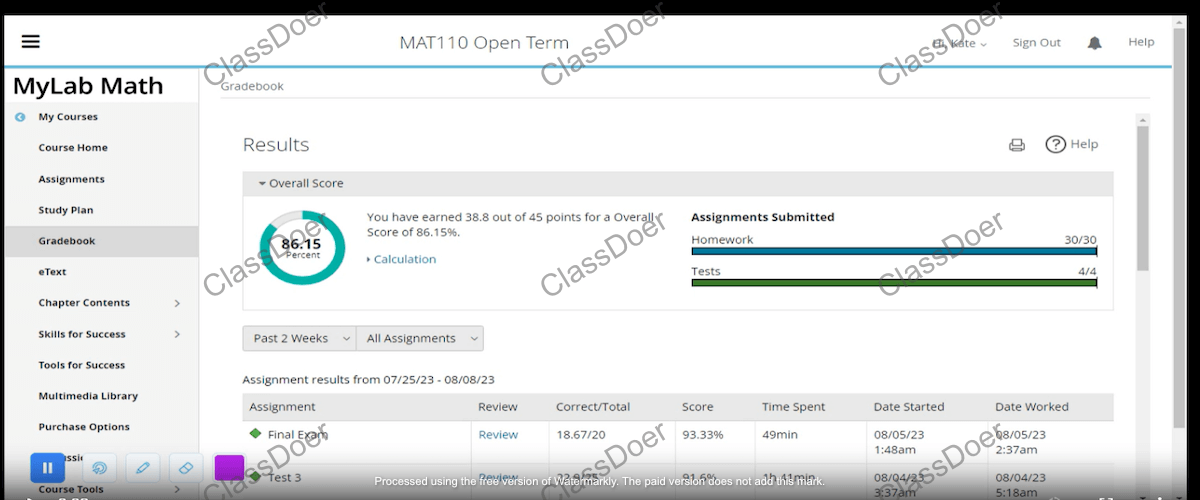
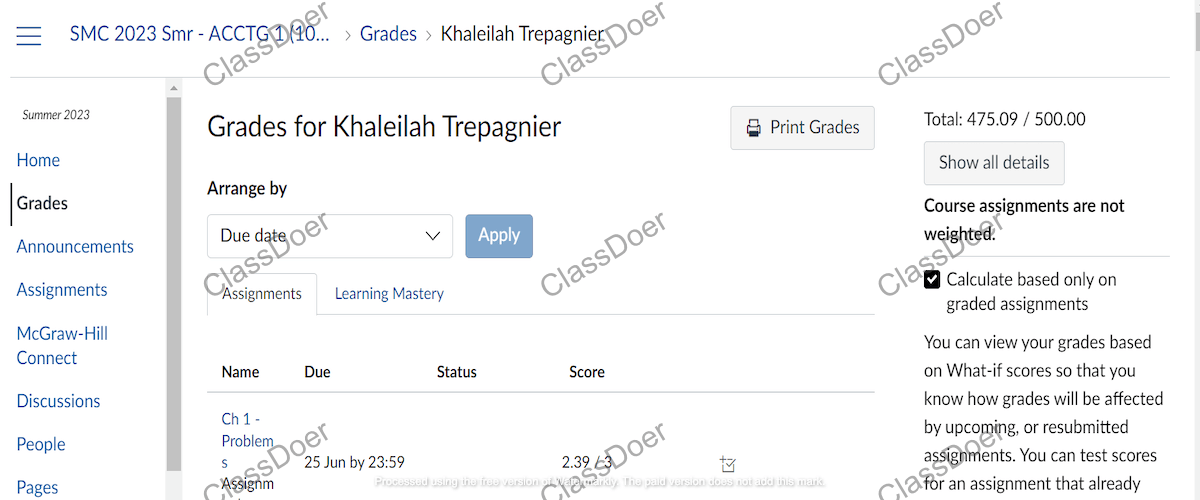
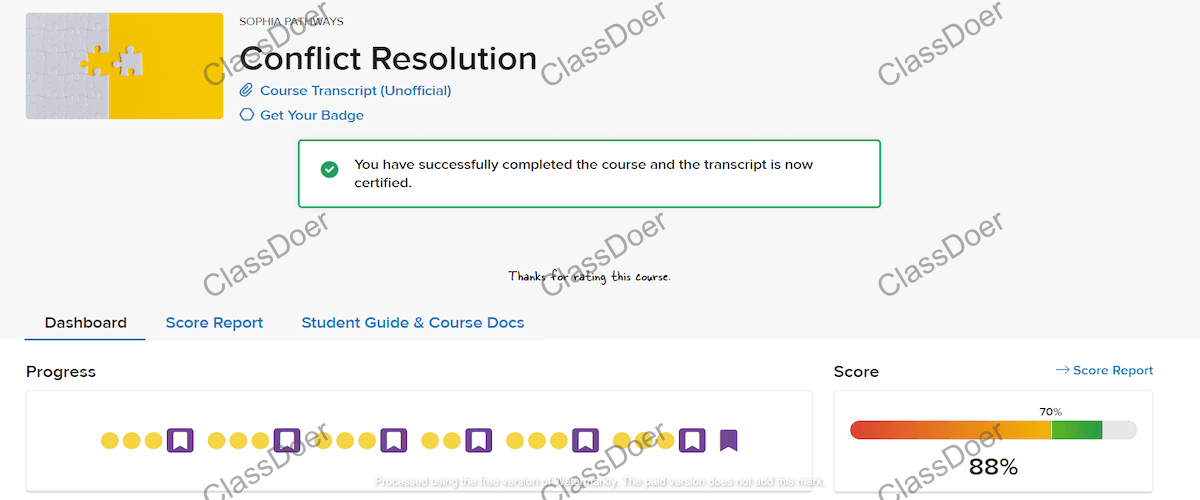
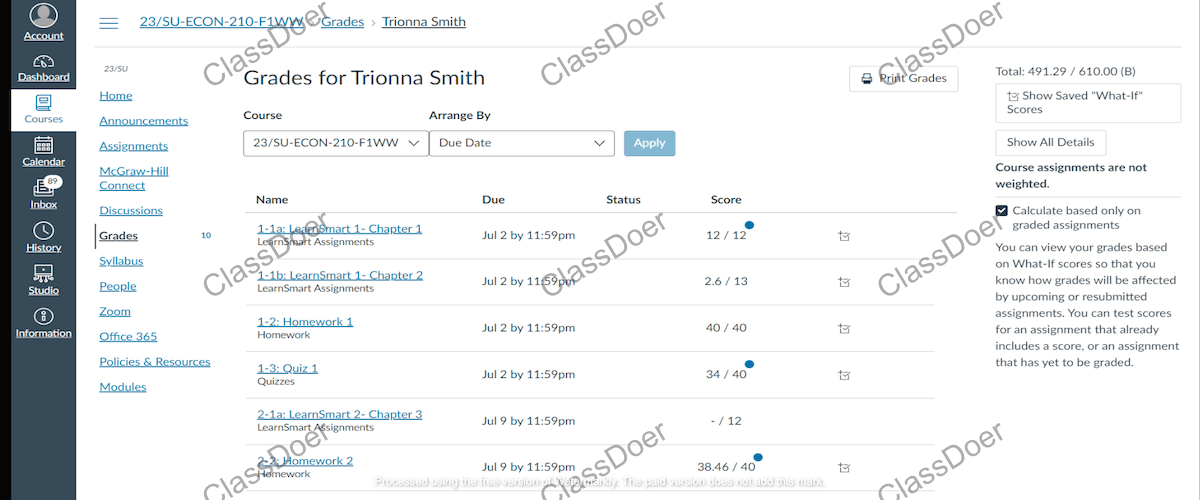
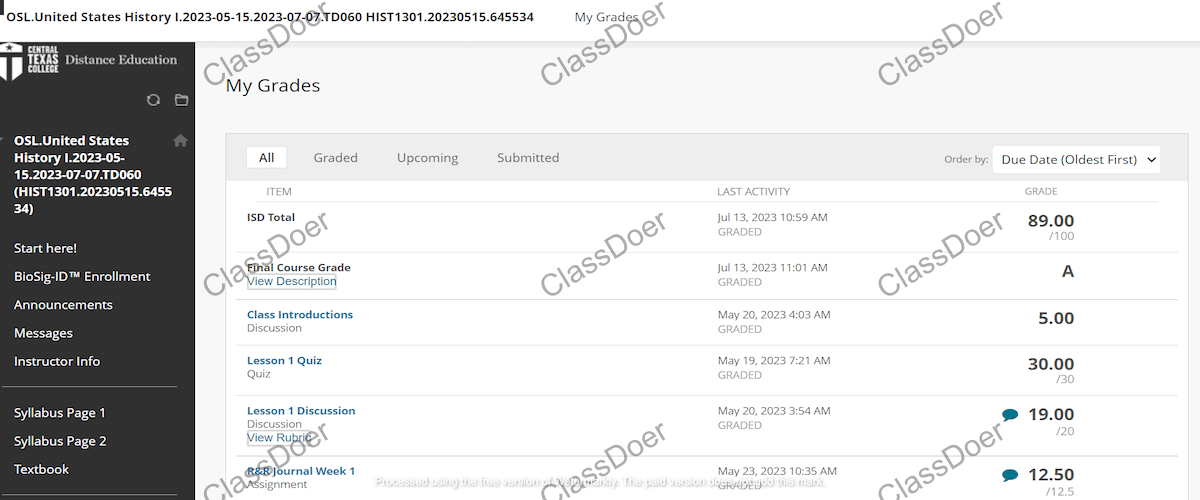
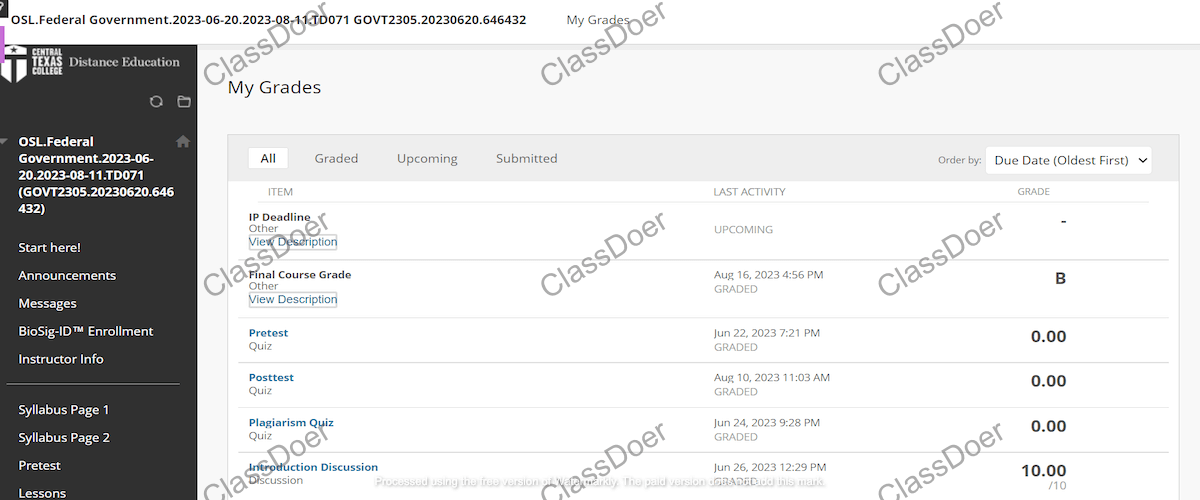
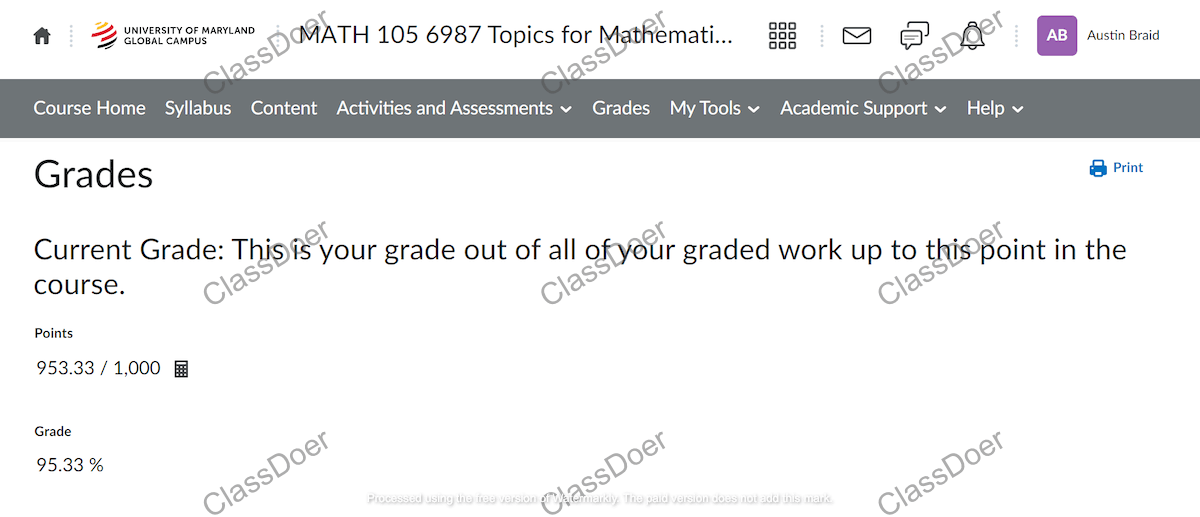
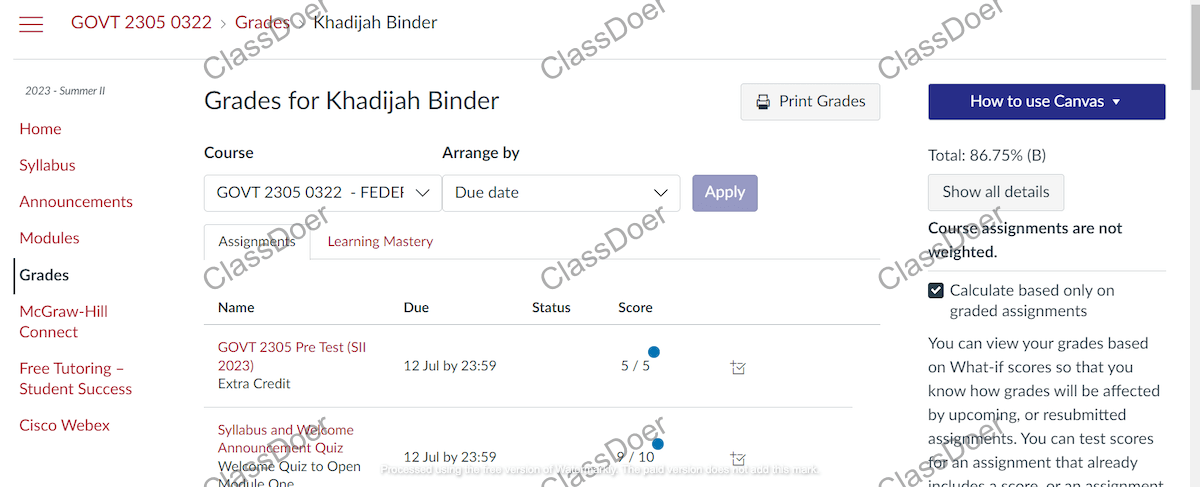
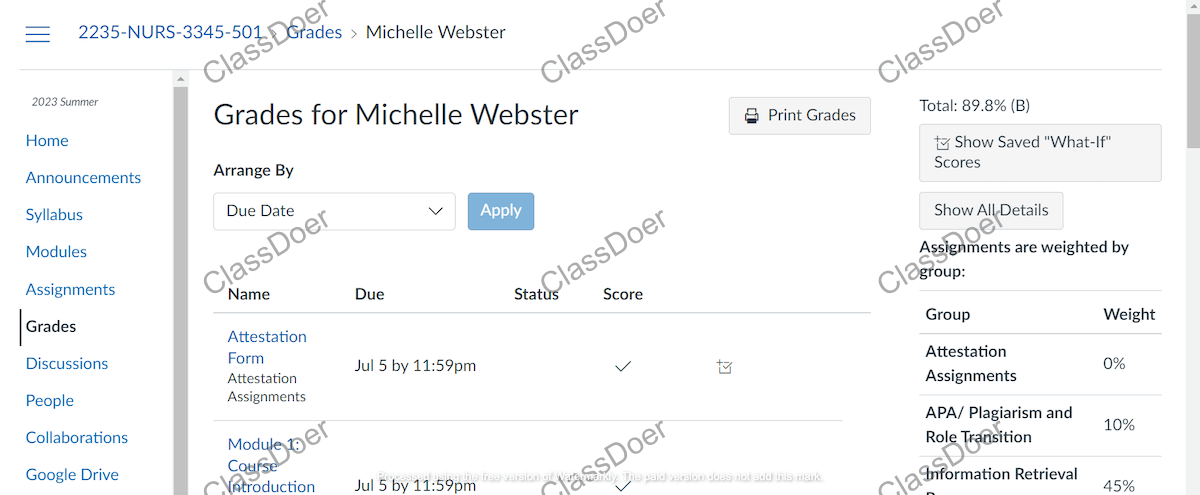
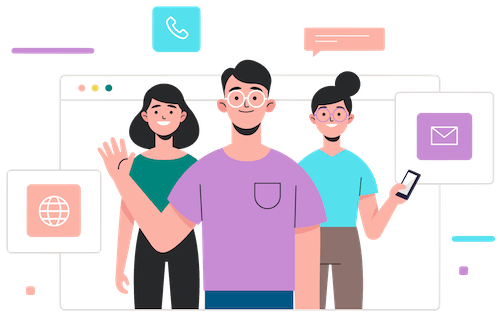
 98% of our client Scored A/B
98% of our client Scored A/B No Guaranteed Grade
No Guaranteed Grade